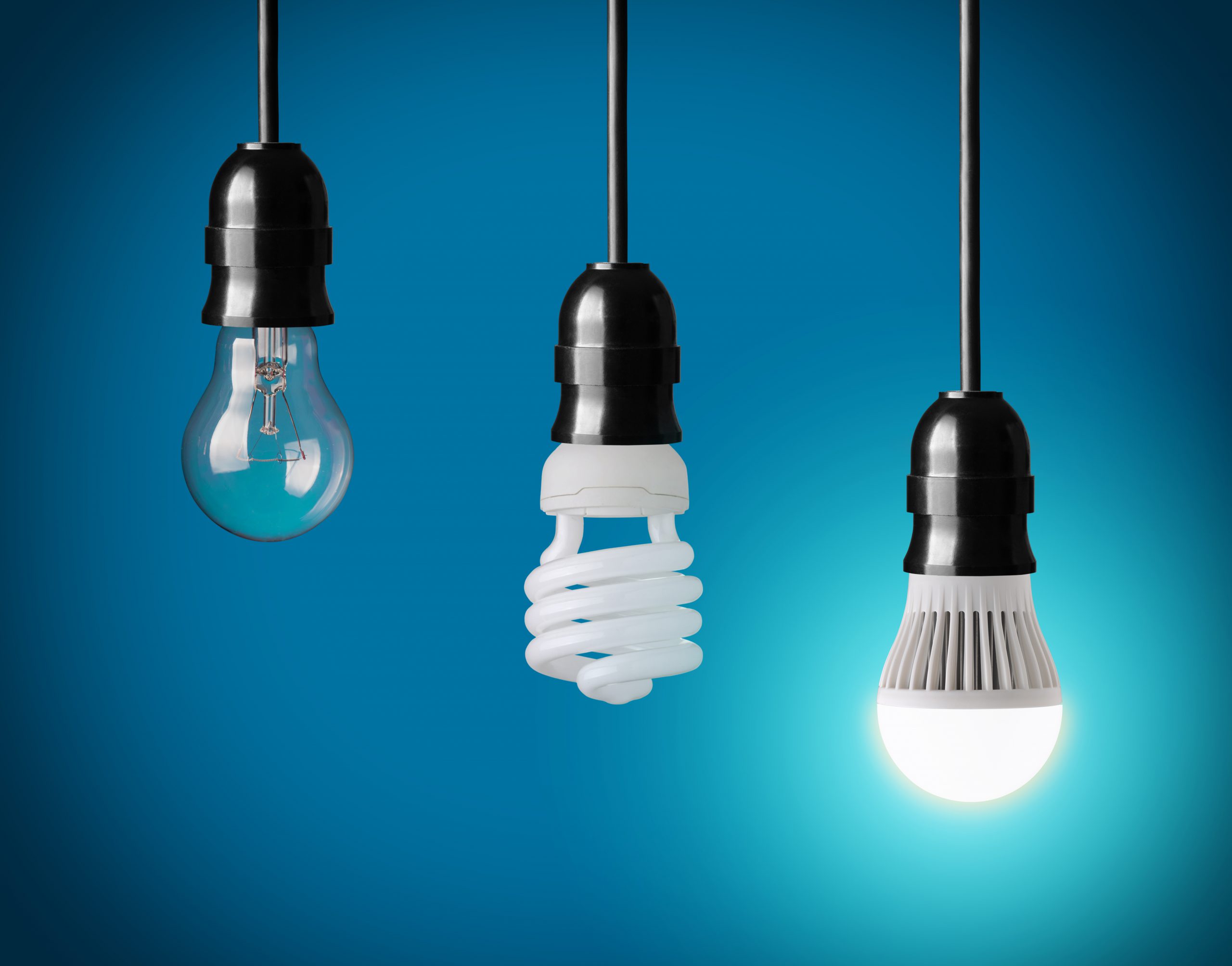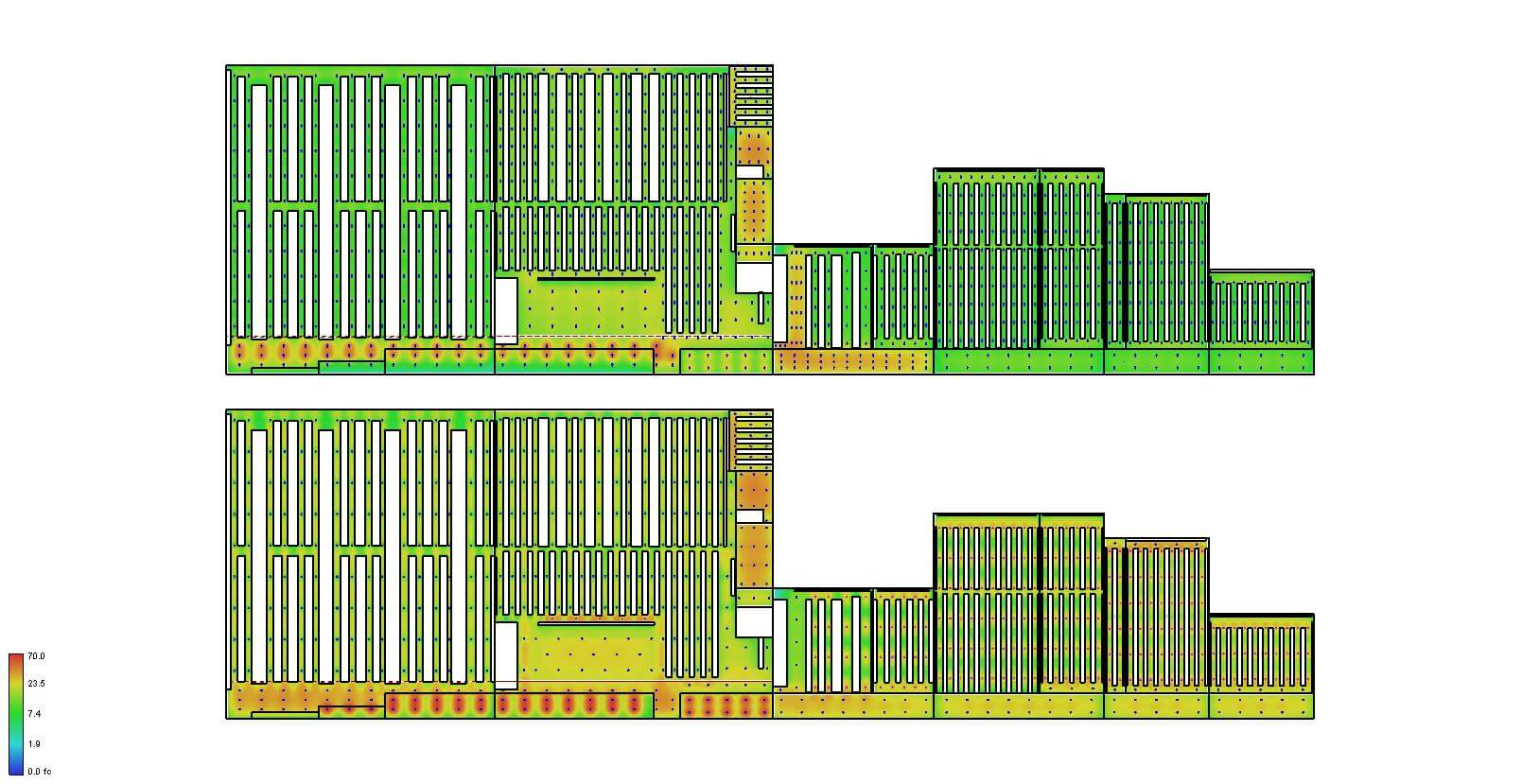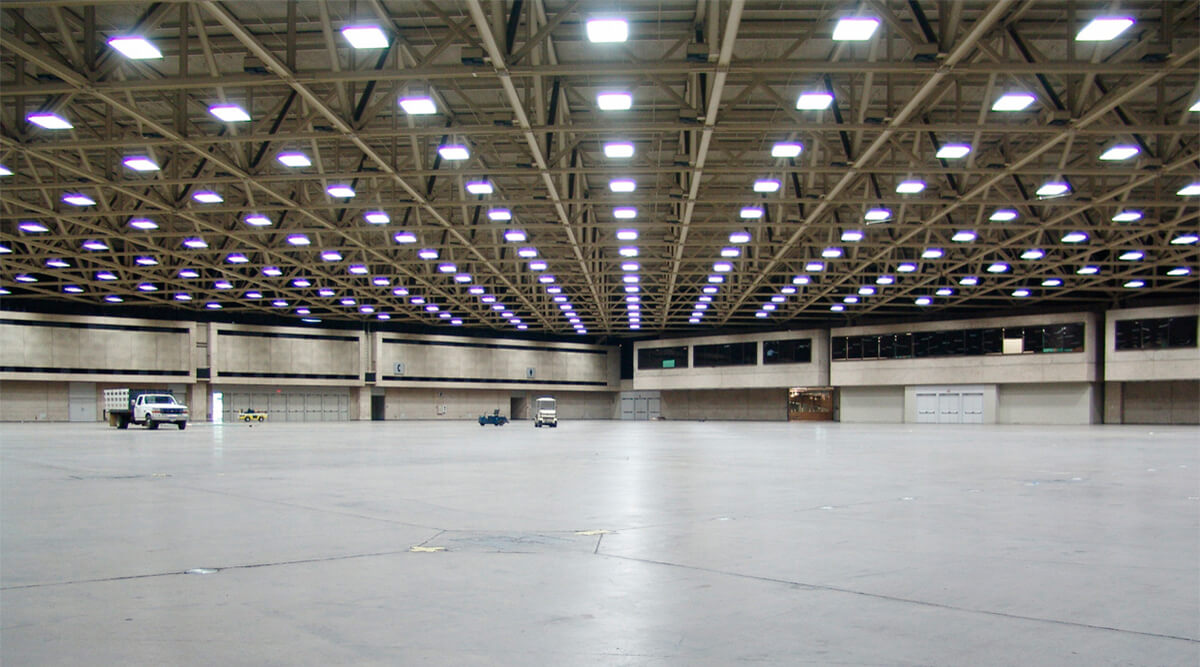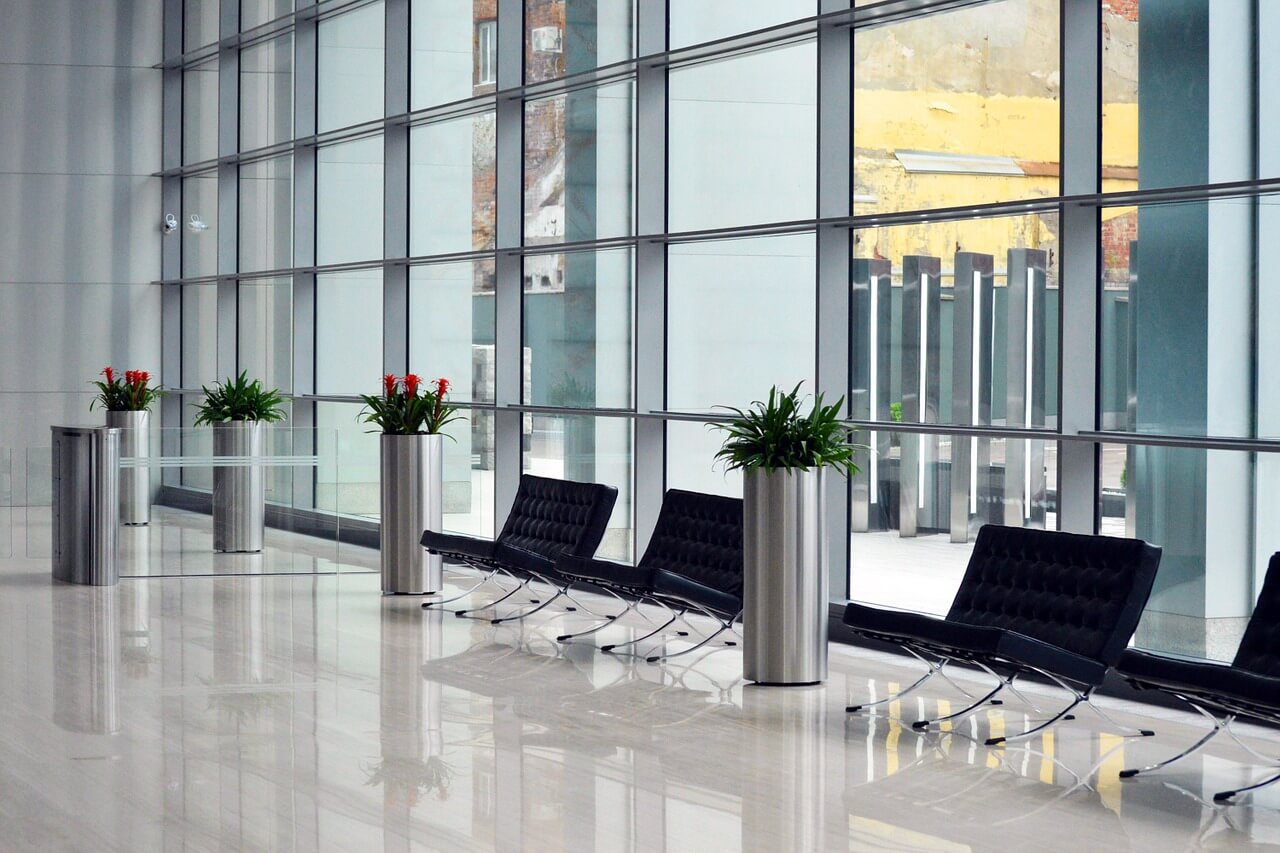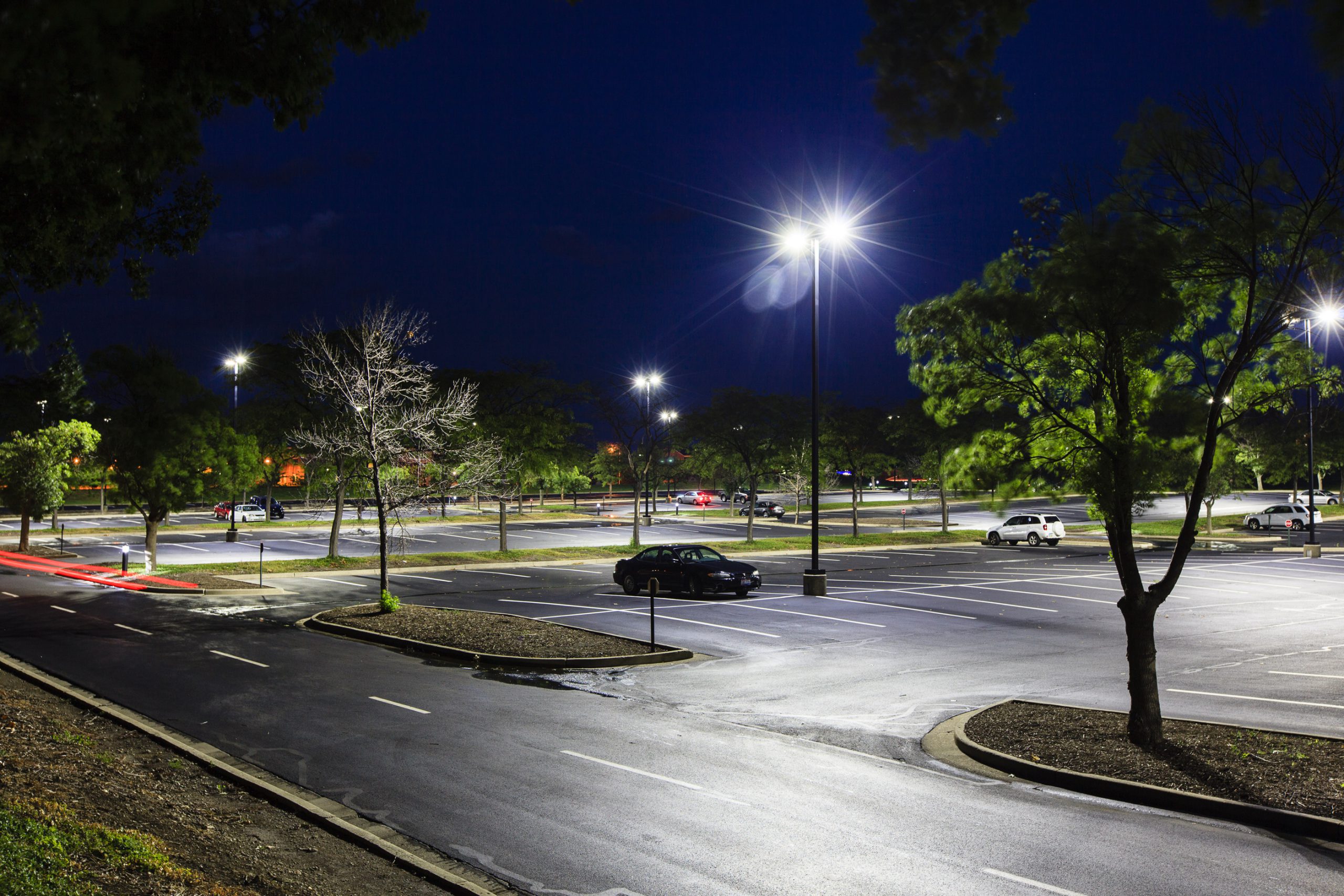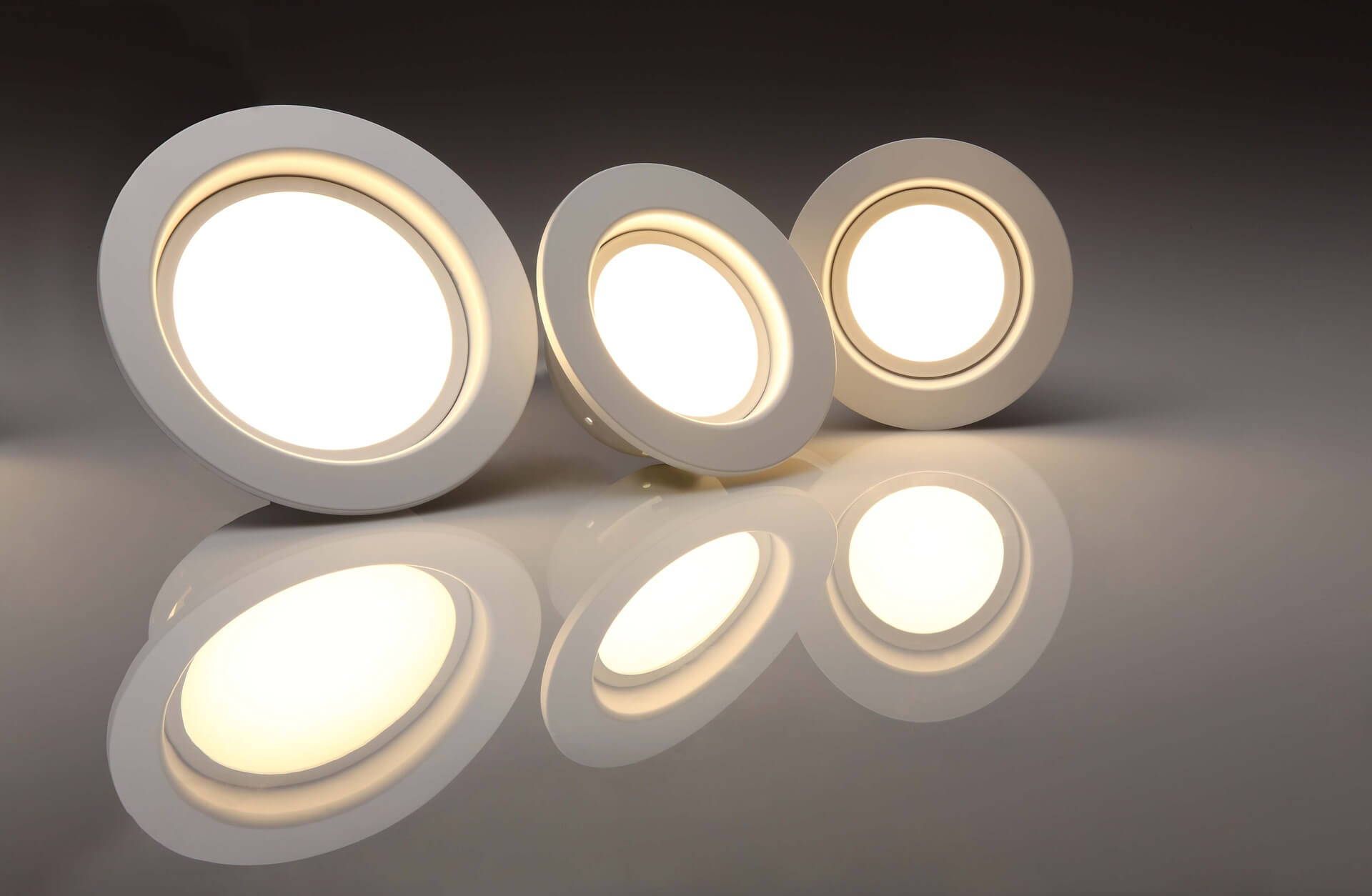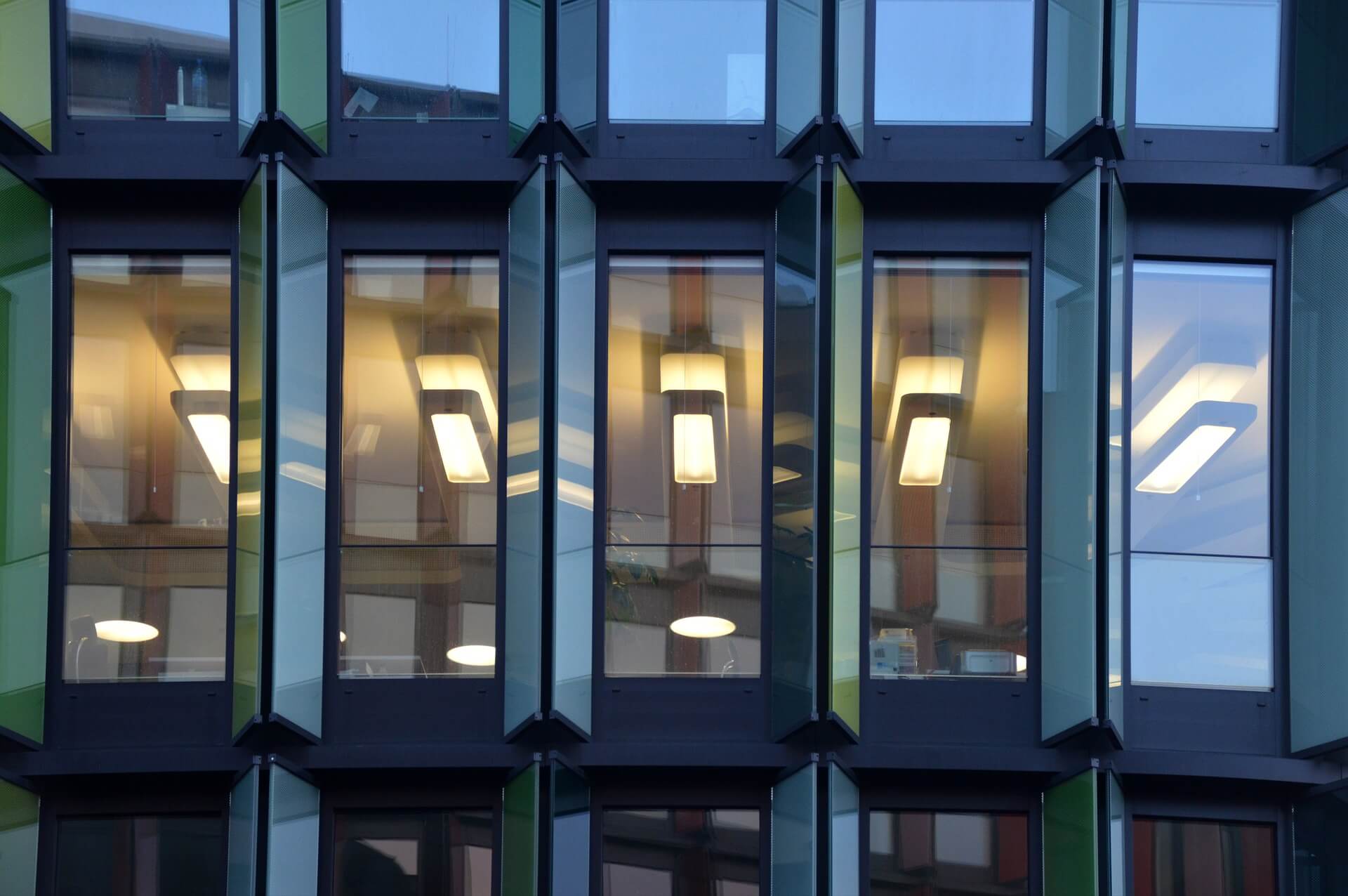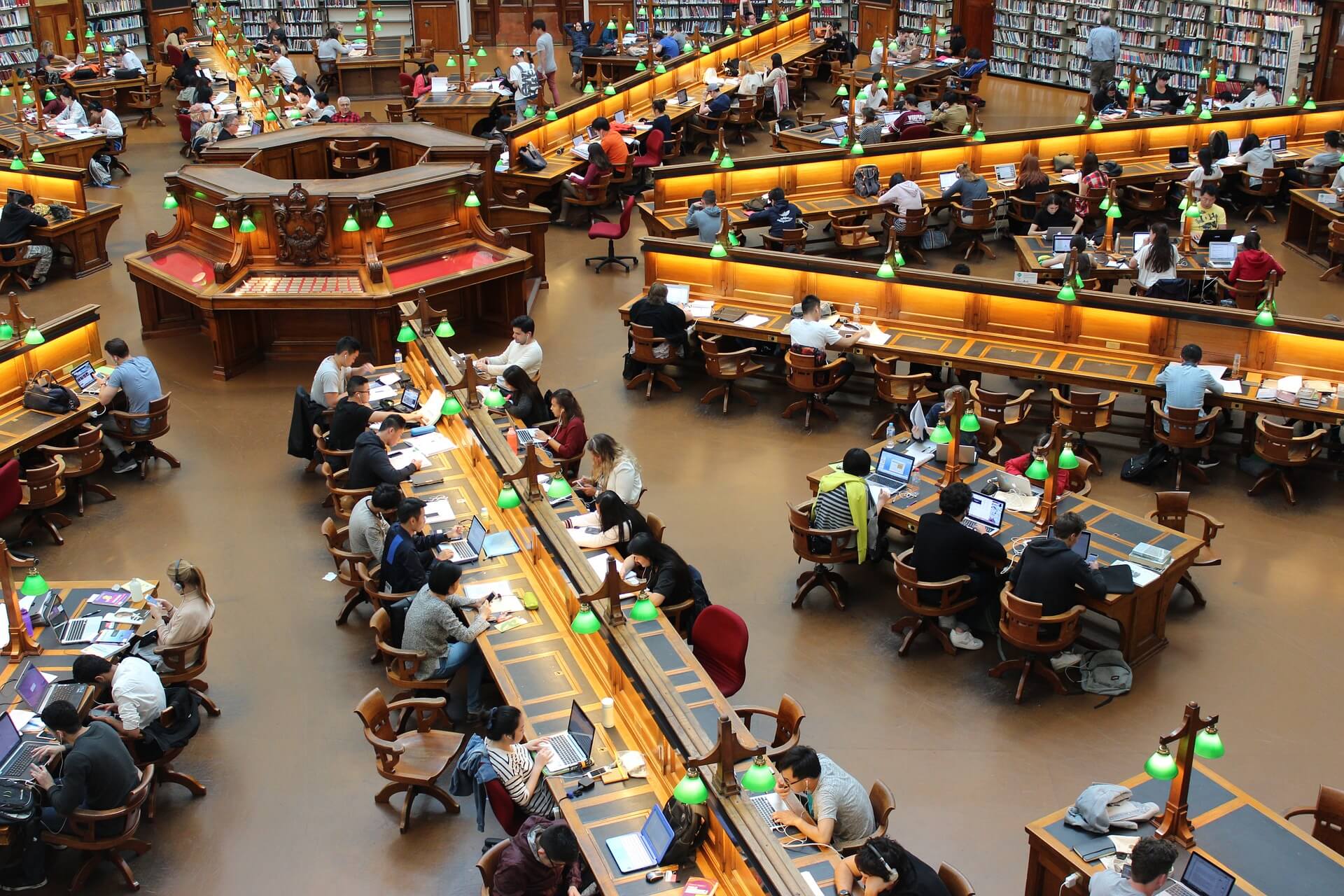Business owners and building managers alike have been waging a war against lower-efficiency facility lighting for generations. Now, with LED lighting more accessible and affordable than ever, facility managers are faced with the question not only of replacing their out-of-date lighting systems, but the question of why they haven’t pulled the trigger on the energy-saving solution yet. With cost-saving effects, lower rates of failure and therefore lower maintenance costs, and better working conditions, business owners are going to want to strongly consider upgrading to energy-efficient LED lighting sooner rather than later.
Save Money on Utility Bills
It’s a well-known fact that LED light bulbs use considerably less energy than their fluorescent counterparts. These energy savings, when spread over an entire facility’s lighting system, could save thousands of dollars over the course of a year. Not only do these lamps save on the utility bill, but utility companies offer rebates simply for switching to LED systems. Business owners would be wise to consider these utility rebates in addition to energy bill savings.
Lower Rate of Failure
Not only do LED lights offer the obvious energy-efficient savings on utility bills, but they also offer energy efficient savings in terms of lower maintenance costs and labor requirements. LED lights last on average, years longer than traditional lighting and therefore present fewer needs for maintenance, replacement, and quality-control measures.
High Quality Lighting Equals Good Working Conditions
Lighting conditions and quality of work go hand-in-hand when it comes to commercial facilities. Business owners and building managers are wise to consider the best and most energy-efficient lighting solutions possible in order to provide safe and productive working conditions for their team. LED lights provide quiet, consistent lighting solutions, allowing employees to focus on the task at hand.
Overall, the energy-efficient benefits of LED have long outweighed their traditional lighting predecessors. So, as a business owner or building manager, the next question isn’t whether to make the switch but rather when is the best time? Contact us to make the switch today!

